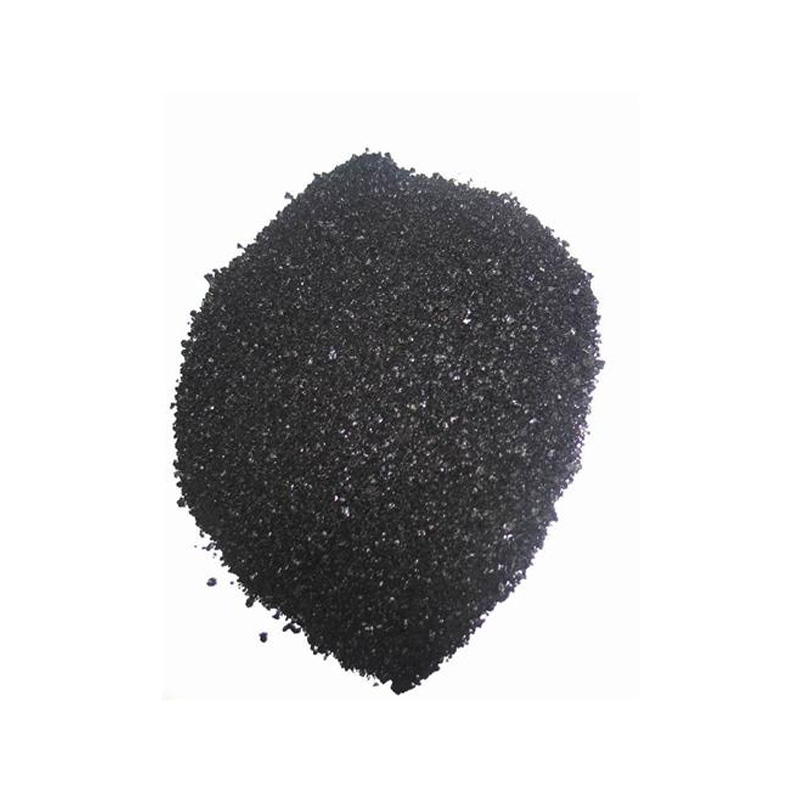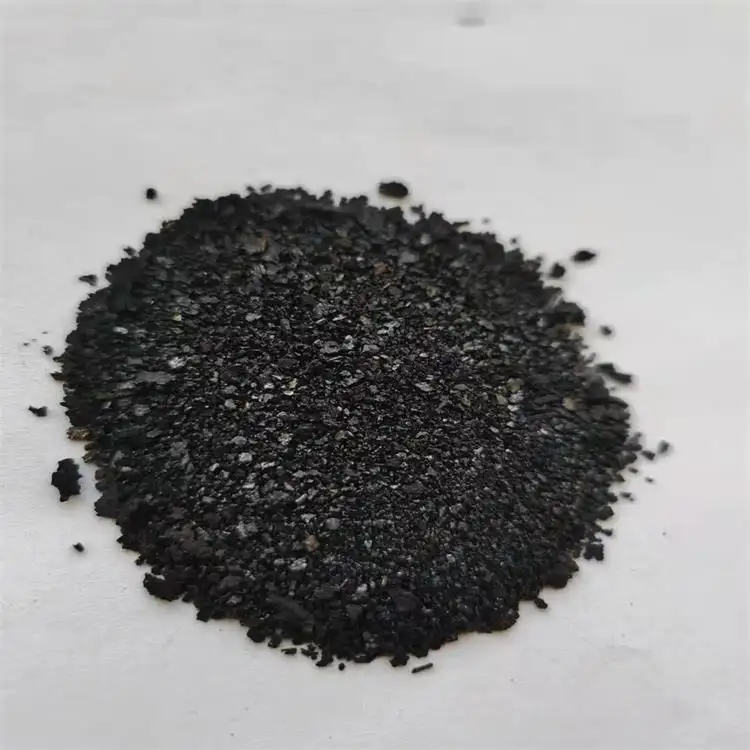Bromo Indigo; Vat Bromo-Indigo; C.I.Vat Blue 5


Blue dye's applicability extends beyond textiles and into various consumer products, such as cosmetics, where safety and stability are paramount. The cosmetics industry is deeply regulated, requiring dyes to meet stringent safety standards. This necessitates an authoritative understanding of both chemistry and regulations to ensure consumer trust and product reliability. Thus, formulators must navigate the balance between innovation and safety, reflecting the industry's commitment to consumer welfare. Moreover, the influence of color psychology cannot be overlooked when discussing the impact of blue dye. In marketing, blue is often associated with trust, intelligence, and calmness, making it a popular choice for branding in financial, health, and technology sectors. This underscores the expertise needed to select appropriate dye formulations that maintain vibrancy and stability over time, securing brand integrity. Sustainability, a core theme in contemporary dye production, drives the industry to continually explore plant-based and lab-synthesized solutions. Companies dedicated to sustainable practices often involve strict sourcing guidelines and transparent supply chains. This approach not only enhances trustworthiness but also aligns with eco-conscious consumer values. As such, brands are encouraged to optimize their packaging and dye processes as part of a broader commitment to environmental stewardship. Ultimately, mastering the craft of blue dye creation intertwines historical wisdom, scientific innovation, and ethical responsibility. For industry professionals, the journey to crafting blue dye is not only about achieving the desired hue but also about responsibly shaping the future of dye manufacturing. This commitment to expertise, sustainability, and trust reflects the ever-evolving narrative of blue dye, ensuring its place as a meaningful and impactful component of modern product applications.
-
Thermal Stability Analysis of Bromo Indigo Pigments
NewsJun.06,2025
-
Sulphur Black Dye Oxidation Process Optimization
NewsJun.06,2025
-
Lightfastness Testing of Bromo Indigo Dyed Denim
NewsJun.06,2025
-
Granule Size Distribution and Jeans Color Uniformity
NewsJun.06,2025
-
Gradient Dyeing Methods with Indigo Blue Granules
NewsJun.06,2025
-
Dyeing Temperature Effects on Sulphur Black Color Fastness
NewsJun.06,2025
-
Sulphur Black Dyes in Daily Use
NewsMay.07,2025

Sulphur Black
1.Name: sulphur black; Sulfur Black; Sulphur Black 1;
2.Structure formula:
3.Molecule formula: C6H4N2O5
4.CAS No.: 1326-82-5
5.HS code: 32041911
6.Product specification:Appearance:black phosphorus flakes; black liquid

Bromo Indigo; Vat Bromo-Indigo; C.I.Vat Blue 5
1.Name: Bromo indigo; Vat bromo-indigo; C.I.Vat blue 5;
2.Structure formula:
3.Molecule formula: C16H6Br4N2O2
4.CAS No.: 2475-31-2
5.HS code: 3204151000 6.Major usage and instruction: Be mainly used to dye cotton fabrics.

Indigo Blue Vat Blue
1.Name: indigo blue,vat blue 1,
2.Structure formula:
3.Molecule formula: C16H10N2O2
4.. CAS No.: 482-89-3
5.Molecule weight: 262.62
6.HS code: 3204151000
7.Major usage and instruction: Be mainly used to dye cotton fabrics.

